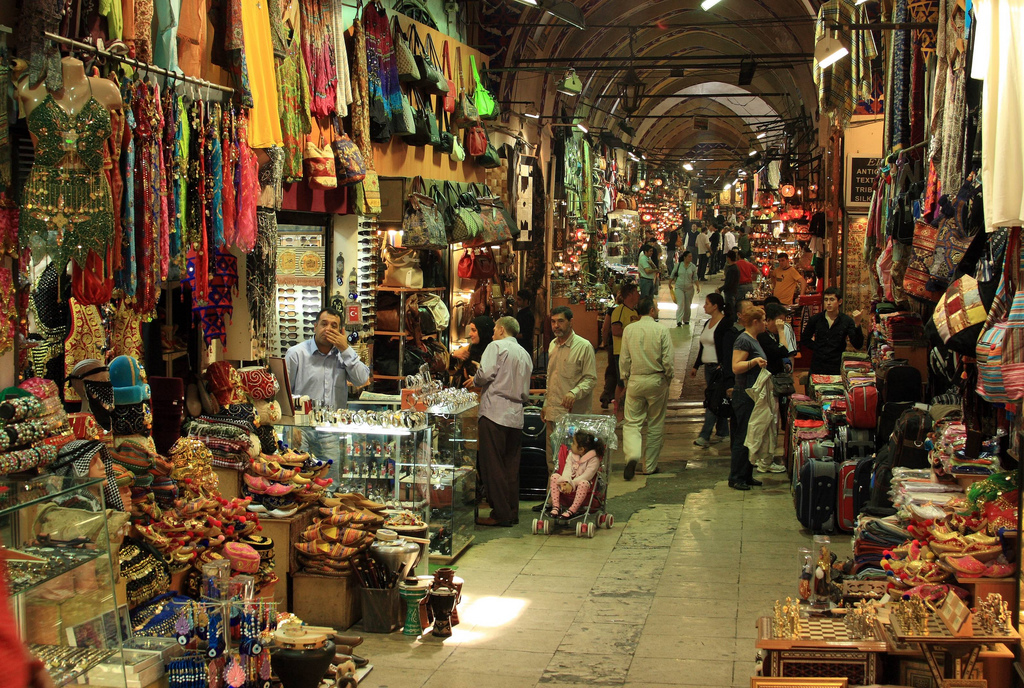The article “Dollhouses Weren’t Invented for Play” by Nicole Cooley is about the cultural significance of dollhouses and their reflection of the established paradigms of a society. Initially, Cooley traces the origins of dollhouses to northern Europe, where the exhibit of rare and miniature collectibles served as symbols of wealth and status. Their use shifted with the progression of European society to reflect the role of women, as girls practiced management and housekeeping with the figurines. It was not until the 19th century that dollhouses assumed the childlike renown the toys garner today. A renewed fascination with dollhouses and miniatures has reached contemporary youth, especially through social media platforms.
Throughout their history, dollhouses have manifested the regulations of a society upon its children. Initially, the houses were locked upon display; this embraces the idea of public and private space discussed in Graphic Novels, especially the characterization of the home as private space. In the 17th century girls learned management of the house and its servants through dollhouses; the practice immediately associates wealth with power, and establishes clear and distinct castes in society and a strict adherence to its hierarchy. The simplistic role of dollhouses in contemporary American society demonstrates a shift in the definition of childhood, more relaxed and lenient than preceding connotations. A dollhouse's ability to reflect culture mimics the purpose of Mohegan baskets, but while dollhouses represent flexible values in a society, basketry conveys established truths of a native culture. However, they maintain similarities through the establishment of roles in society, especially the domesticated roles of women in European and Mohegan culture.
Cooley, Nicole. "Dollhouses Weren't Invented for Play." The Atlantic. Atlantic Media Company, 22 July 2016. Web. 5 Sept. 2016.

